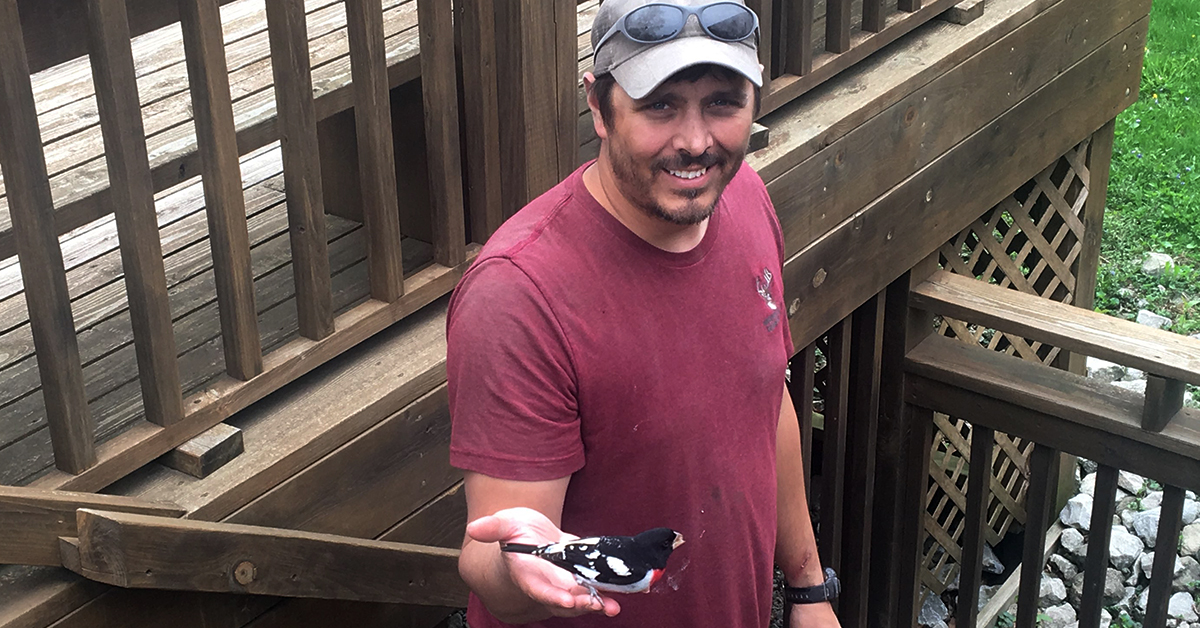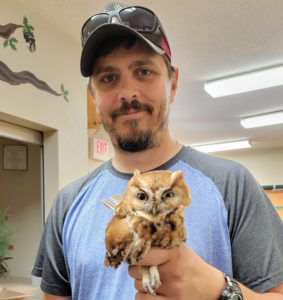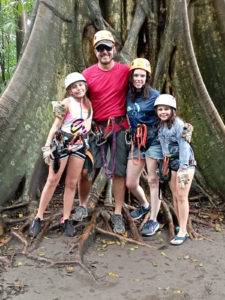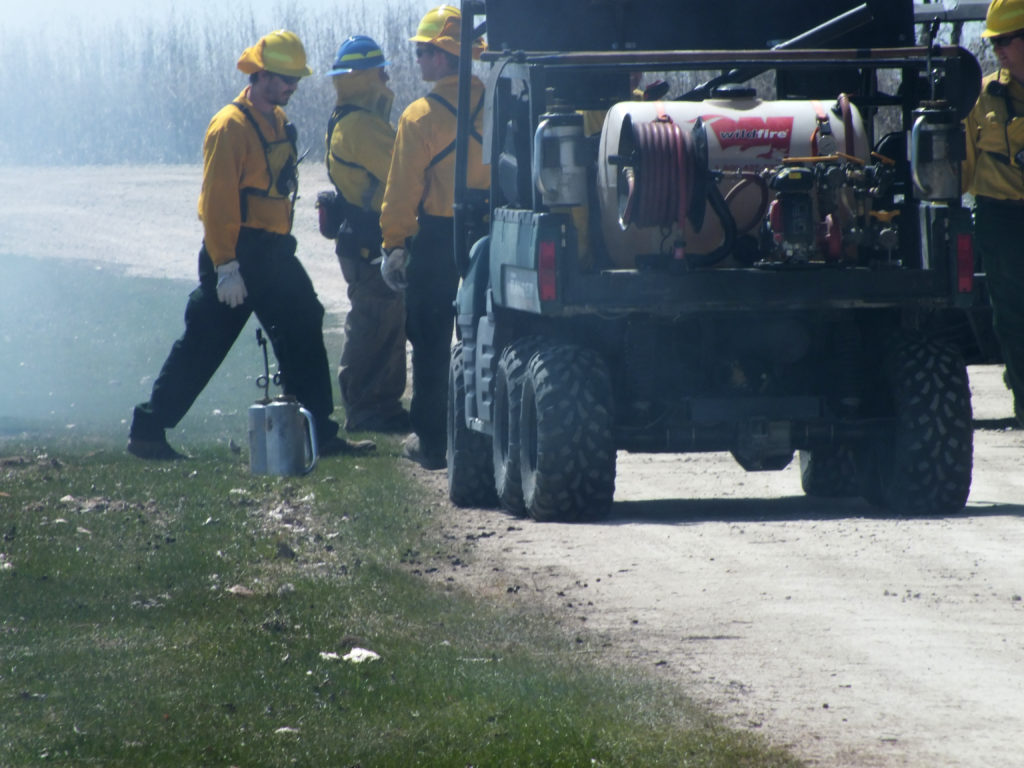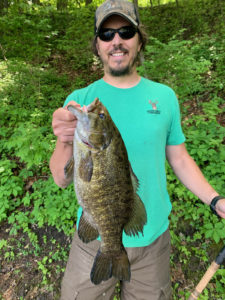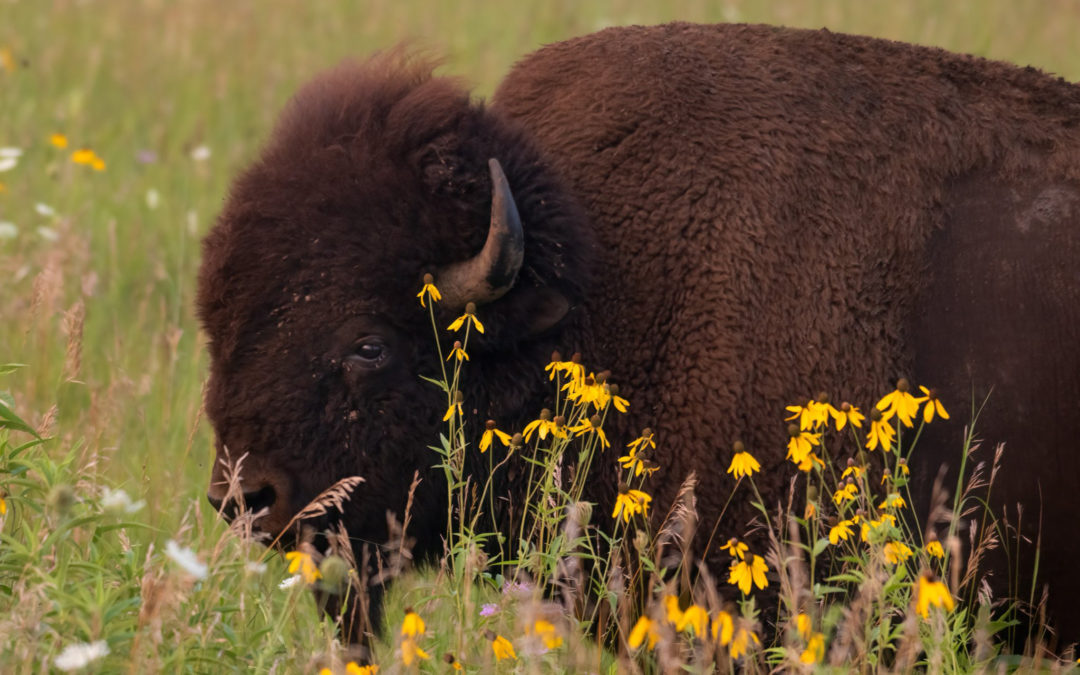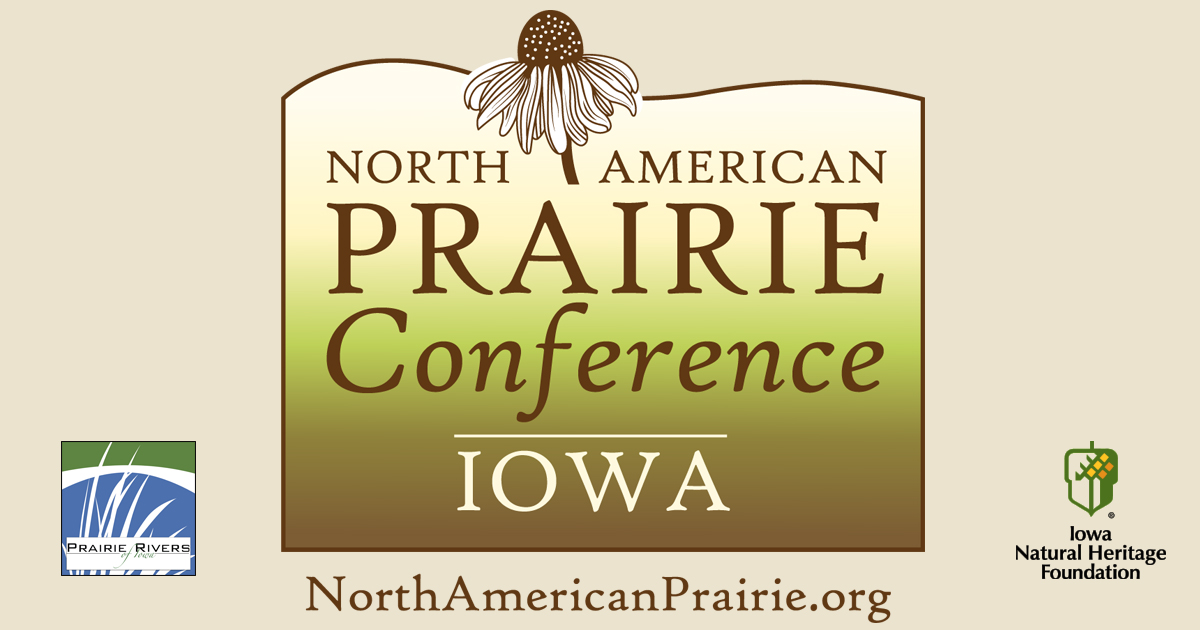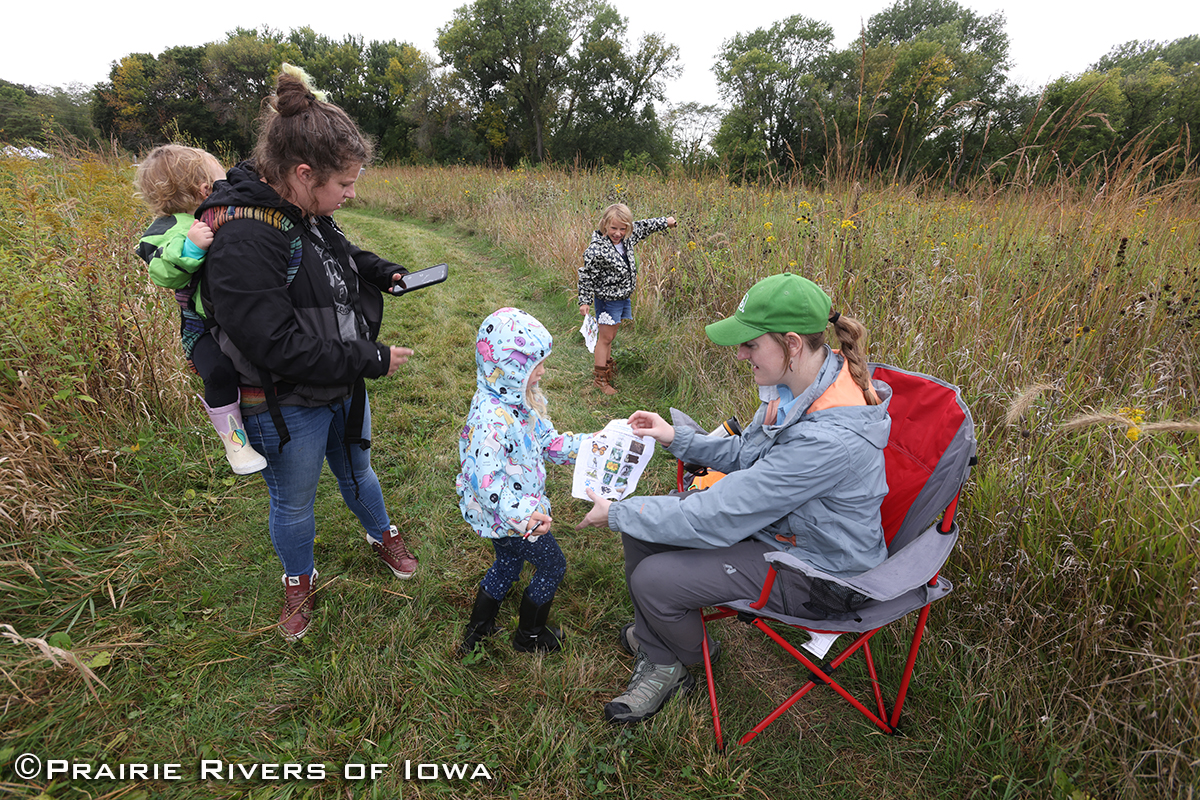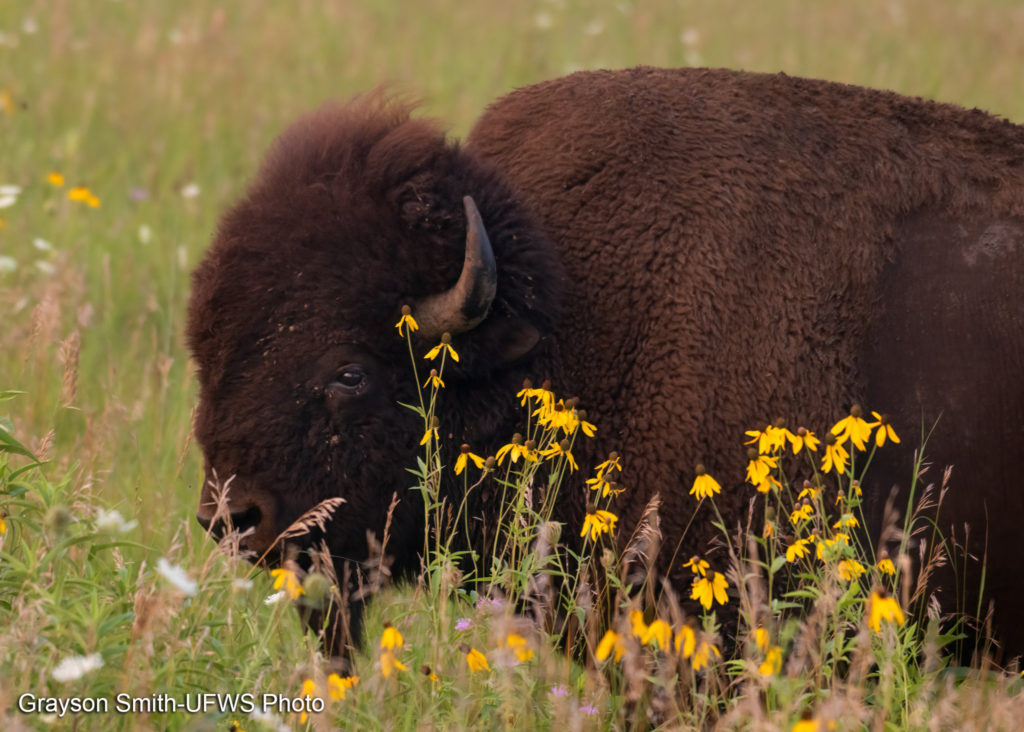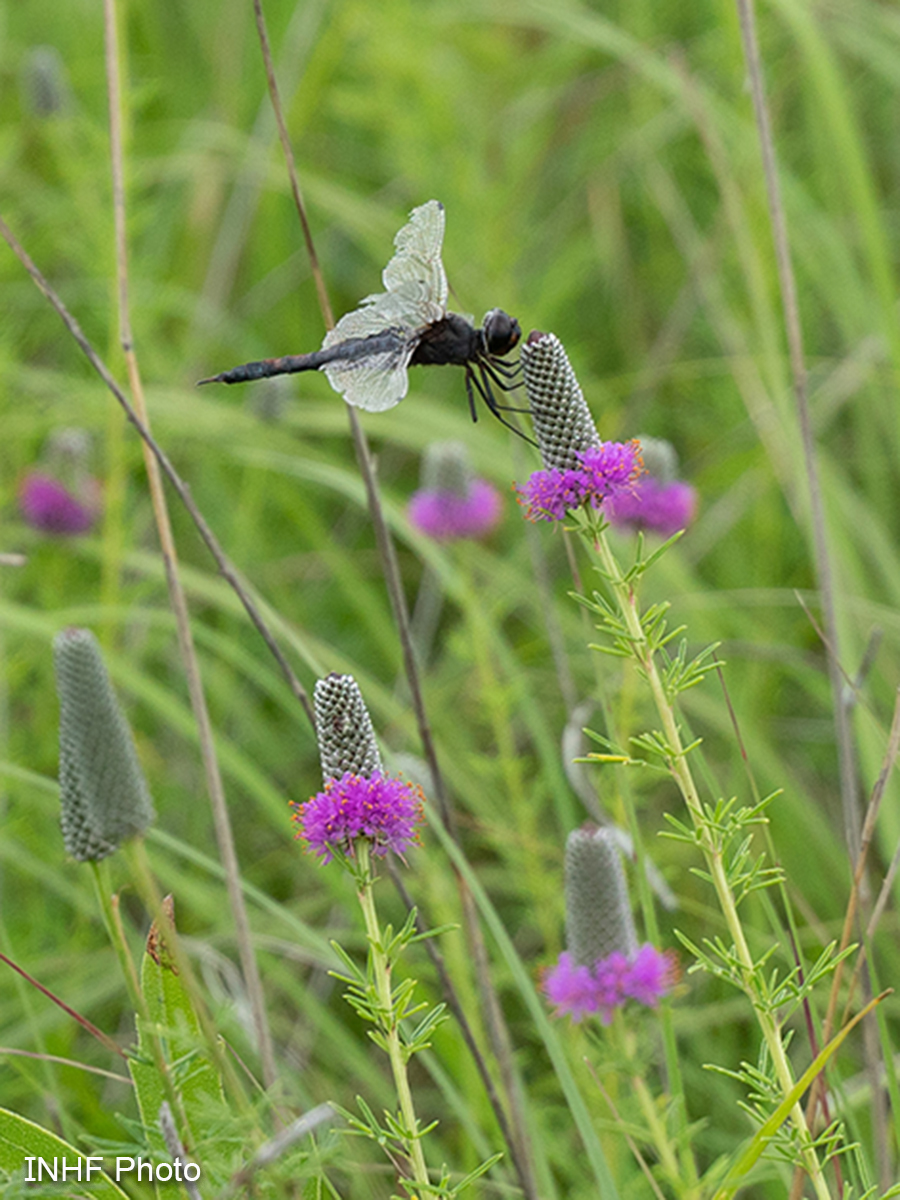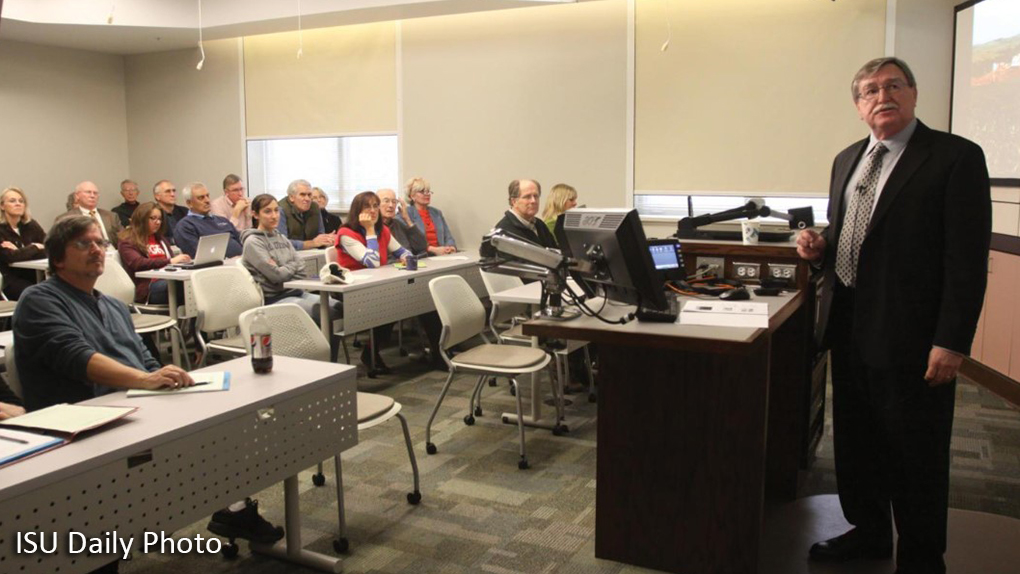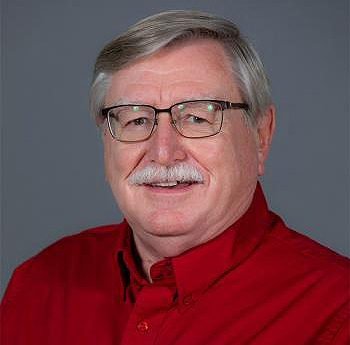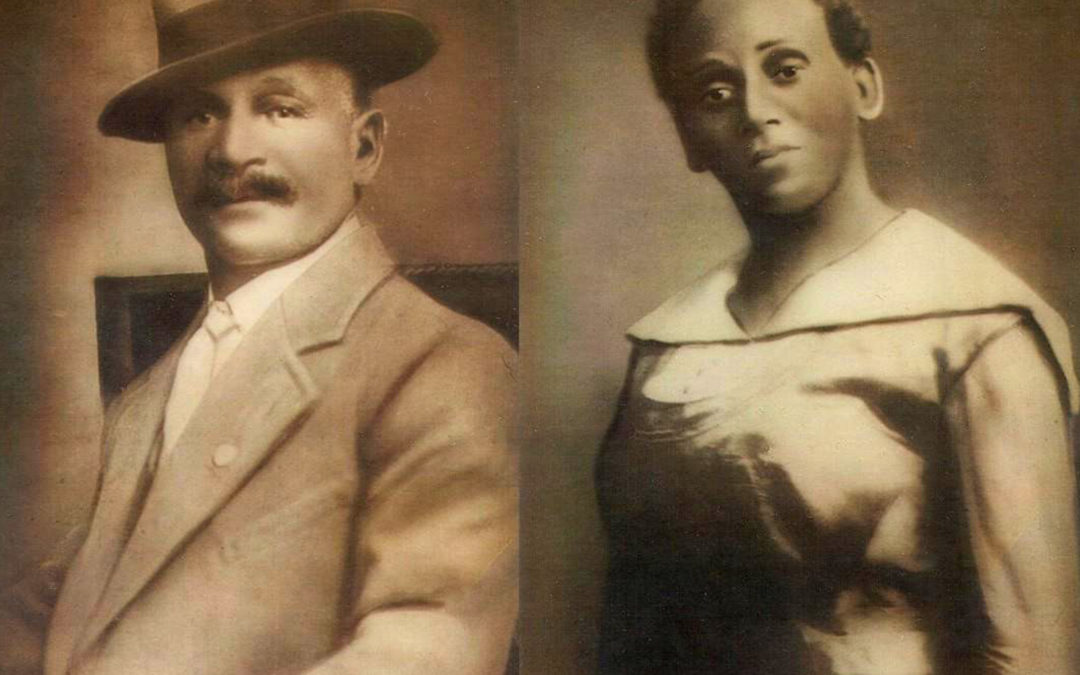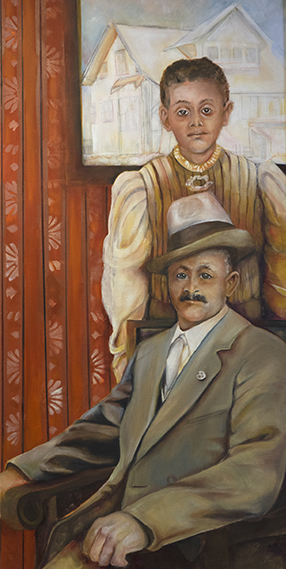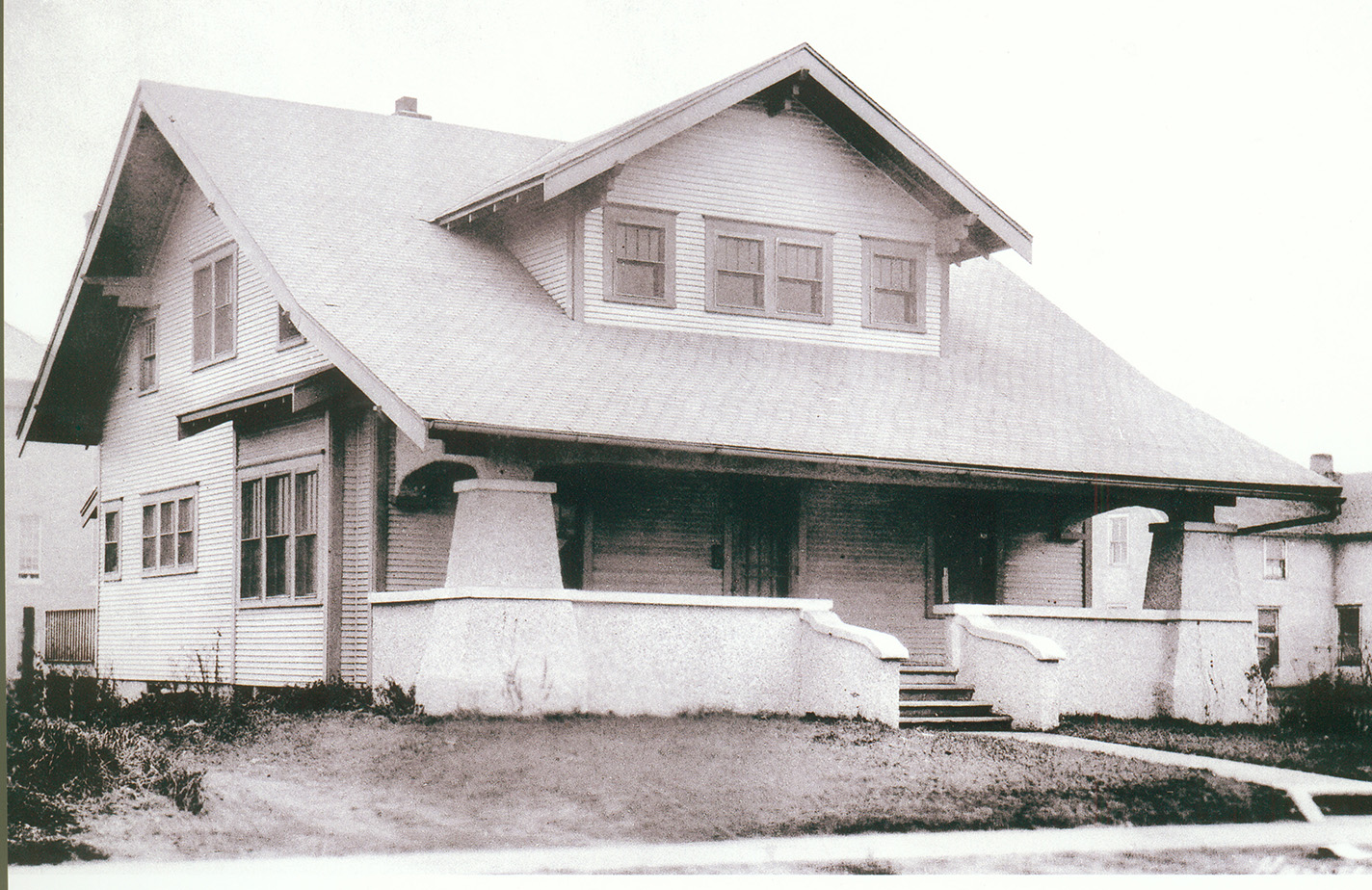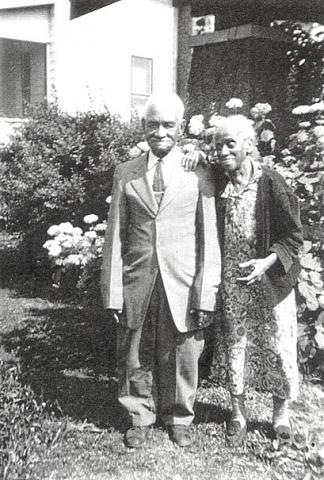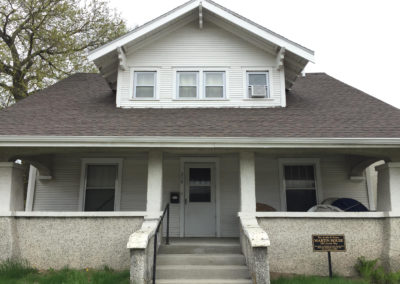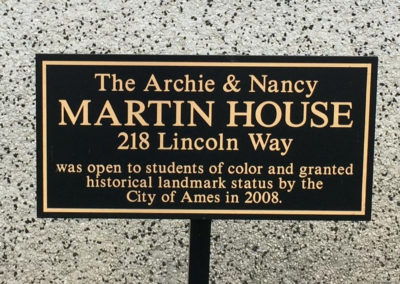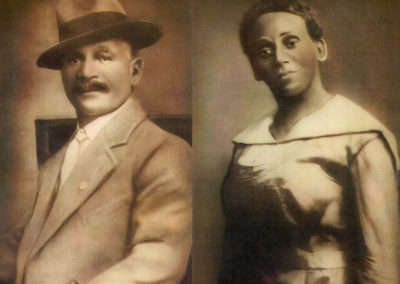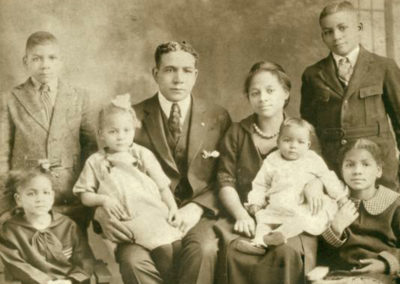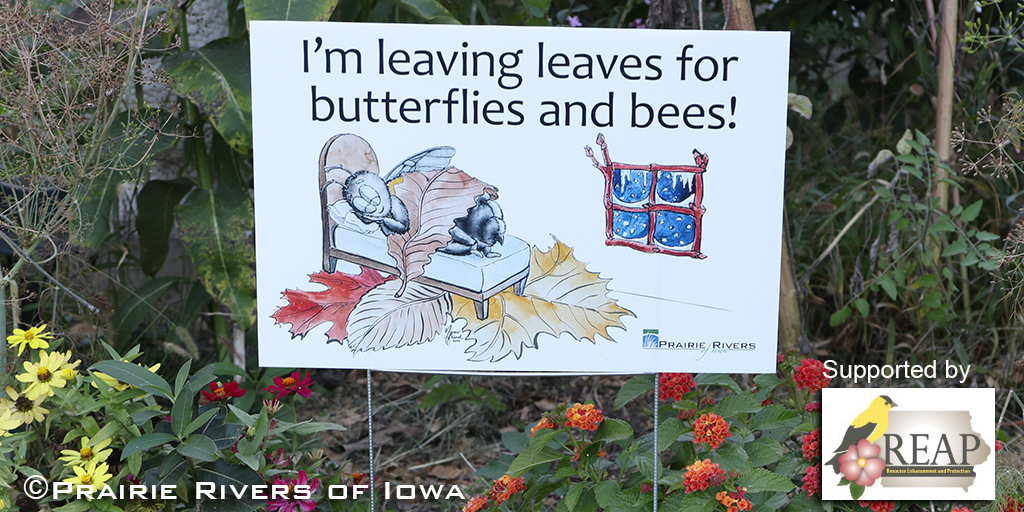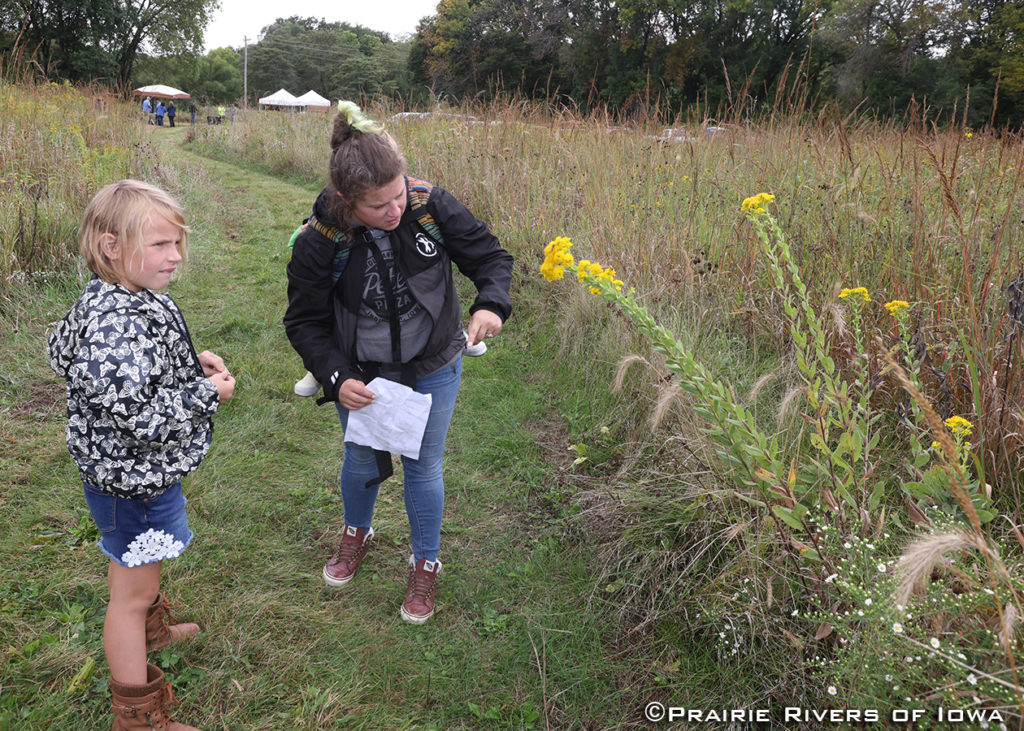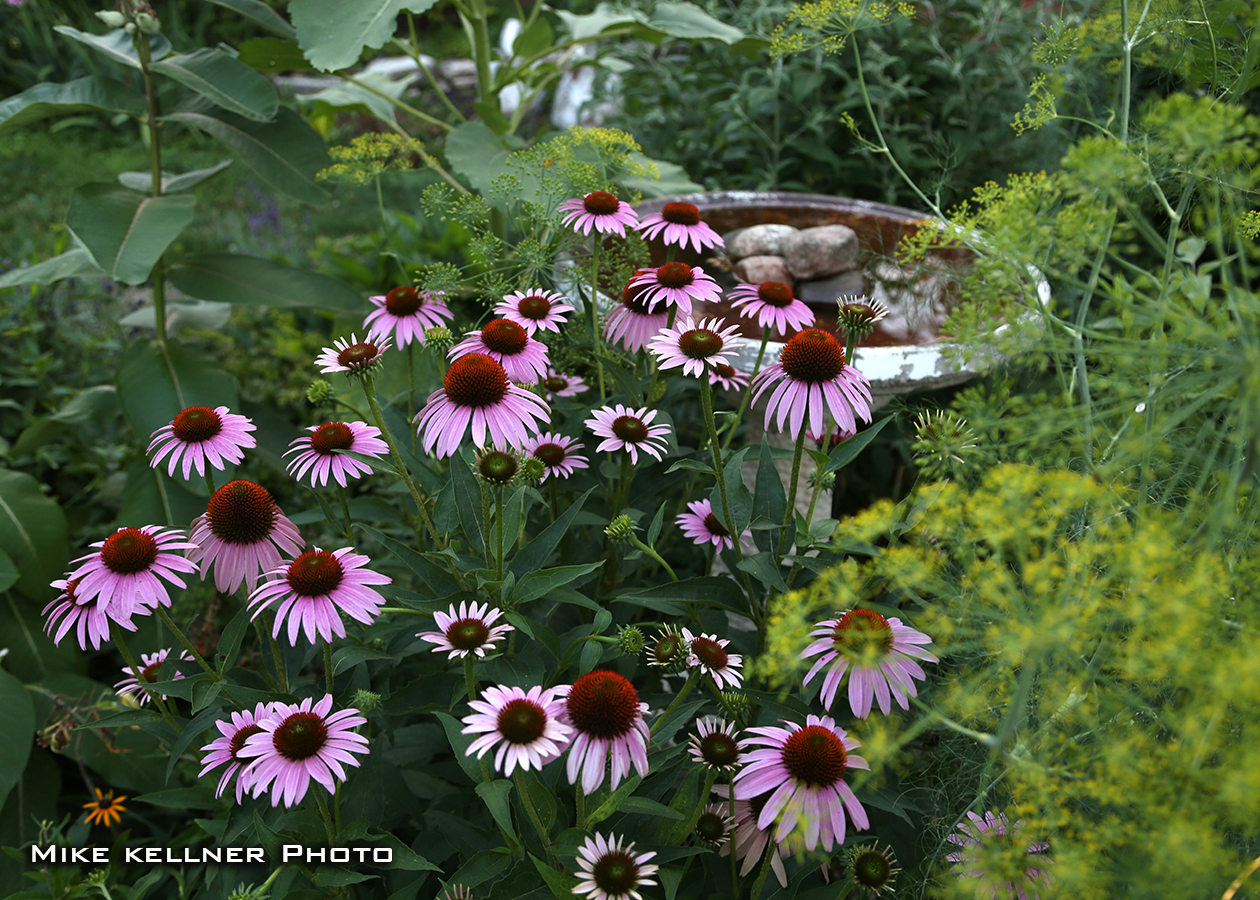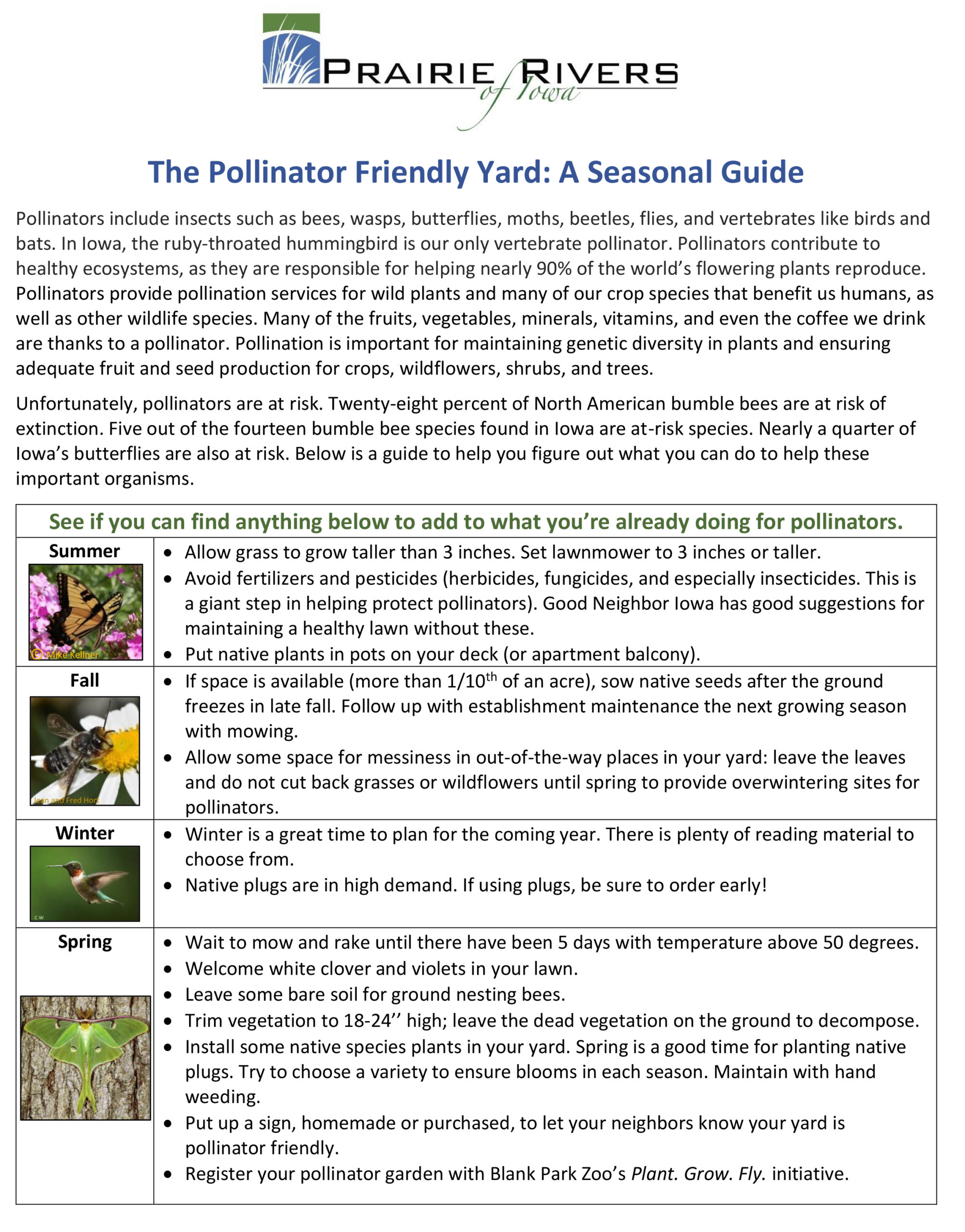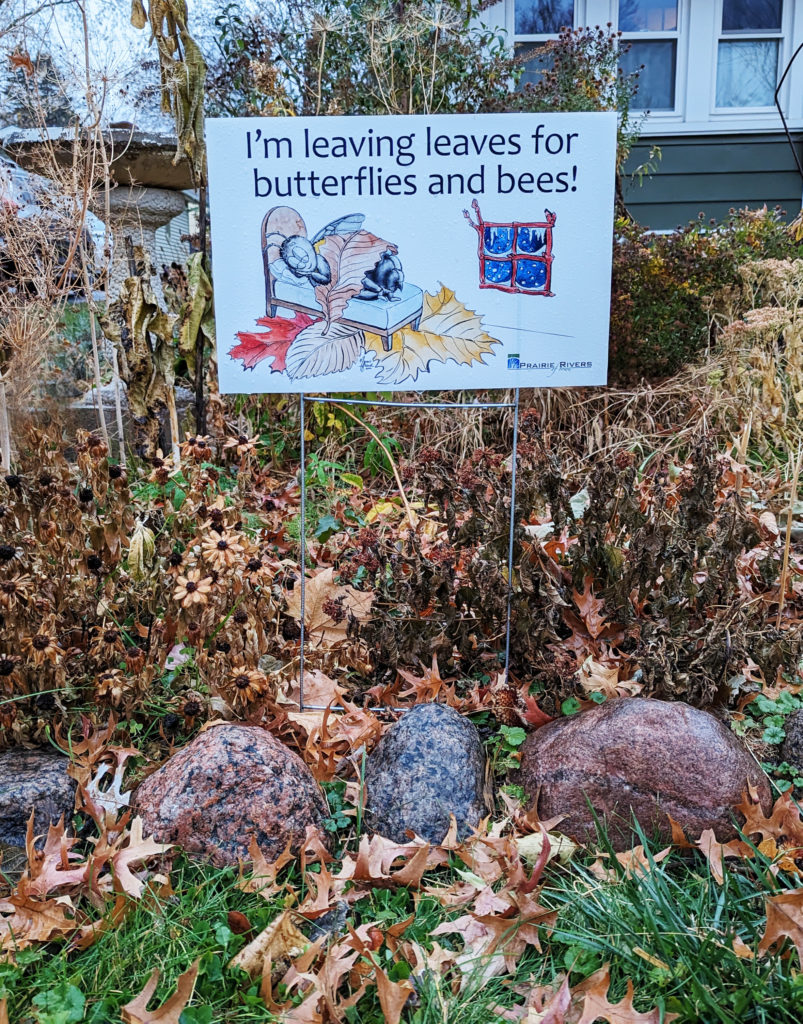Hardin County Conservation’s Chris Barber Joins Prairie Rivers Board
Biologist Chris Barber has been elected as Prairie Rivers of Iowa’s (PRI) newest board member. Chris’s know-how as the interpretive park manager for Hardin County Conservation’s Calkins Nature Area will be beneficial to PRI’s conservation efforts. In his role at Calkin’s, Chris oversees the management of 76 park acres covered in prairie, forest, riparian, and wetland habitats along the banks of the Iowa River. Park visitors can also experience a nature center, museum, live wildlife display, butterfly house amphitheater, hiking trails, and bird observatory.
Barber has a biology degree from the University of Northern Iowa with an emphasis on ecology and systematics. He worked and studied at the Tallgrass Prairie Center while earning his master’s in biology. He also served as an infantryman in the Iowa National Guard and worked for two years at the University of Nebraska as a research technologist in grassland ecology. As if that’s not enough, he’s also on the Ellsworth College Conservation Technology Advisory Board and an adjunct instructor for the conservation department.
When he finds some spare time, Chris enjoys fishing, kayaking, camping, hiking, and golf. However, spare time priorities tend to focus more on enjoying spending family time while attending school events like sports, band concerts and plays.
I recently had a chance to ask Barber a few questions. Here’s what I found out:
What made you decide to join the Prairie Rivers of Iowa Board?
I have always been passionate about conservation in the state of Iowa. I’d had a meeting with Director Penny Brown Huber a few years prior and was somewhat familiar with Prairie Rivers’ mission so I was excited for the opportunity to serve on the board. After a deeper dive into the organization I’ve been thoroughly impressed with all the work that is currently being done, and I look forward to being a part of it.
I know you’re new, but if you’ve given it any thought, what might be something you hope to accomplish and/or what direction you’d like PRI to take?
As with any non-profit organization, funding is always an issue so I would love to see continued growth in that area, and I think that will also improve our public awareness. I’m a prairie guy so I would love to see us involved in projects that promote the use of prairies in an agricultural landscape which is crucial for improving water quality and expanding habitat.
How do you see your role at Harding County Conservation fit with what we are doing here at Prairie Rivers?
I definitely think my role here at Hardin County Conservation ties closely with what Prairie Rivers is accomplishing. My goals at Calkins Nature Area and Museum of educating the public about conservation issues, preservation and expansion of native habitats, and the preservation of historical artifacts go hand in hand with the goals of Prairie Rivers.
Please welcome Chris! We are excited to be the beneficiaries of his vast experience and enthusiasm! As a member of our community, you will too.
Photos courtesy of Chris Barber and Hardin County Conservation.

